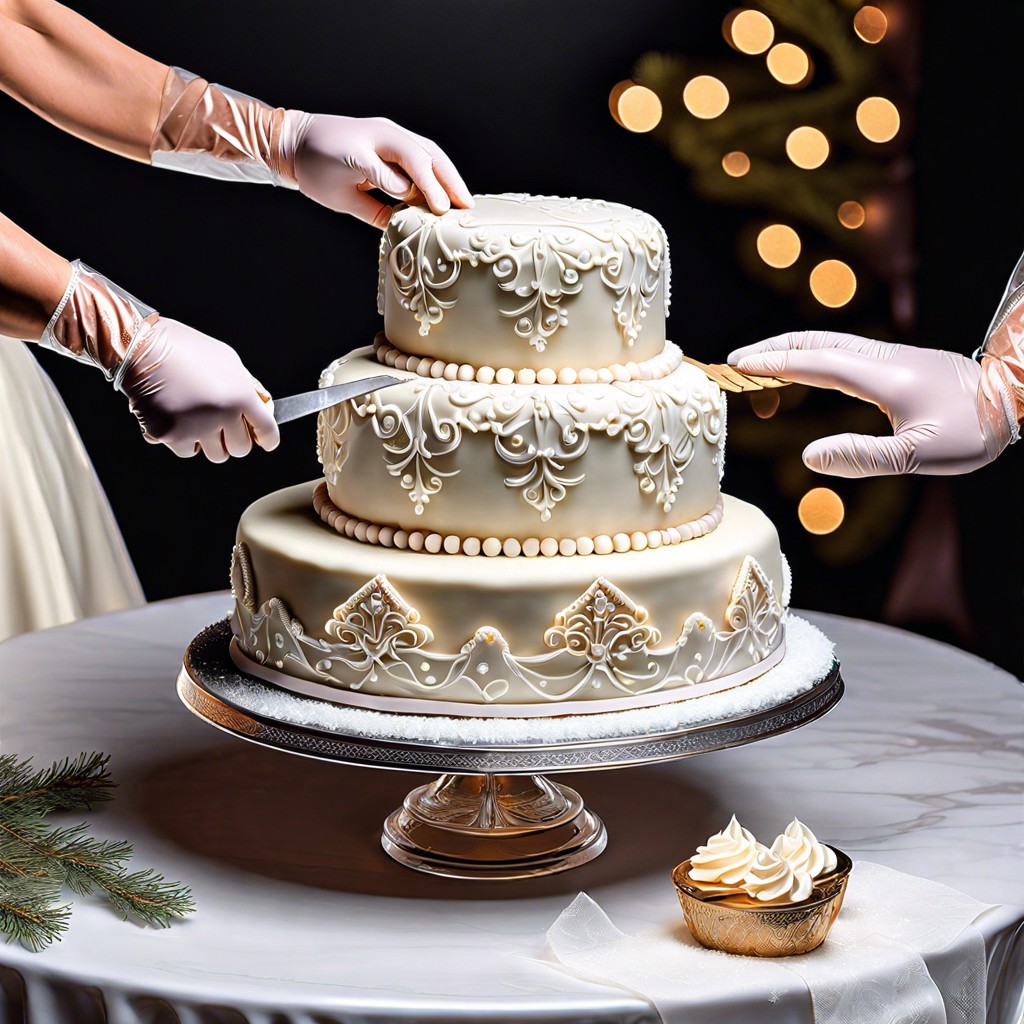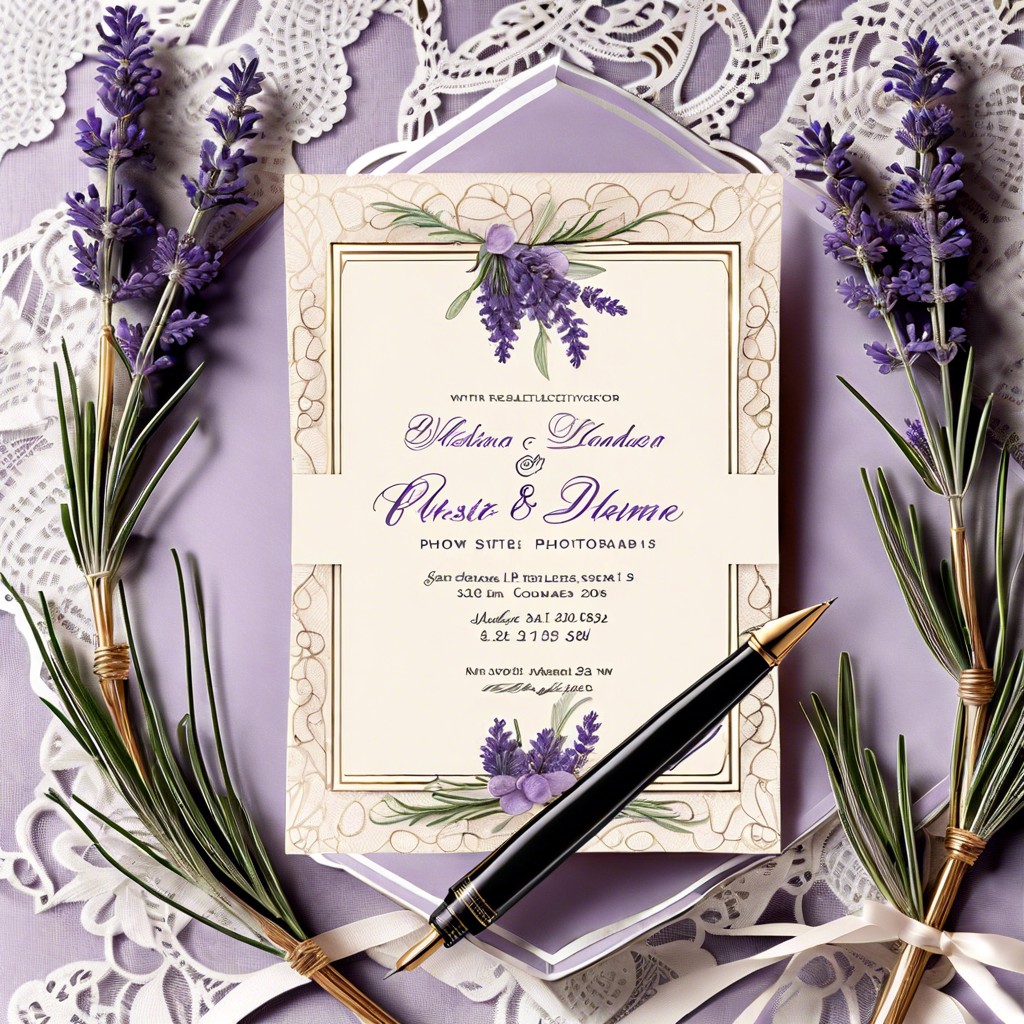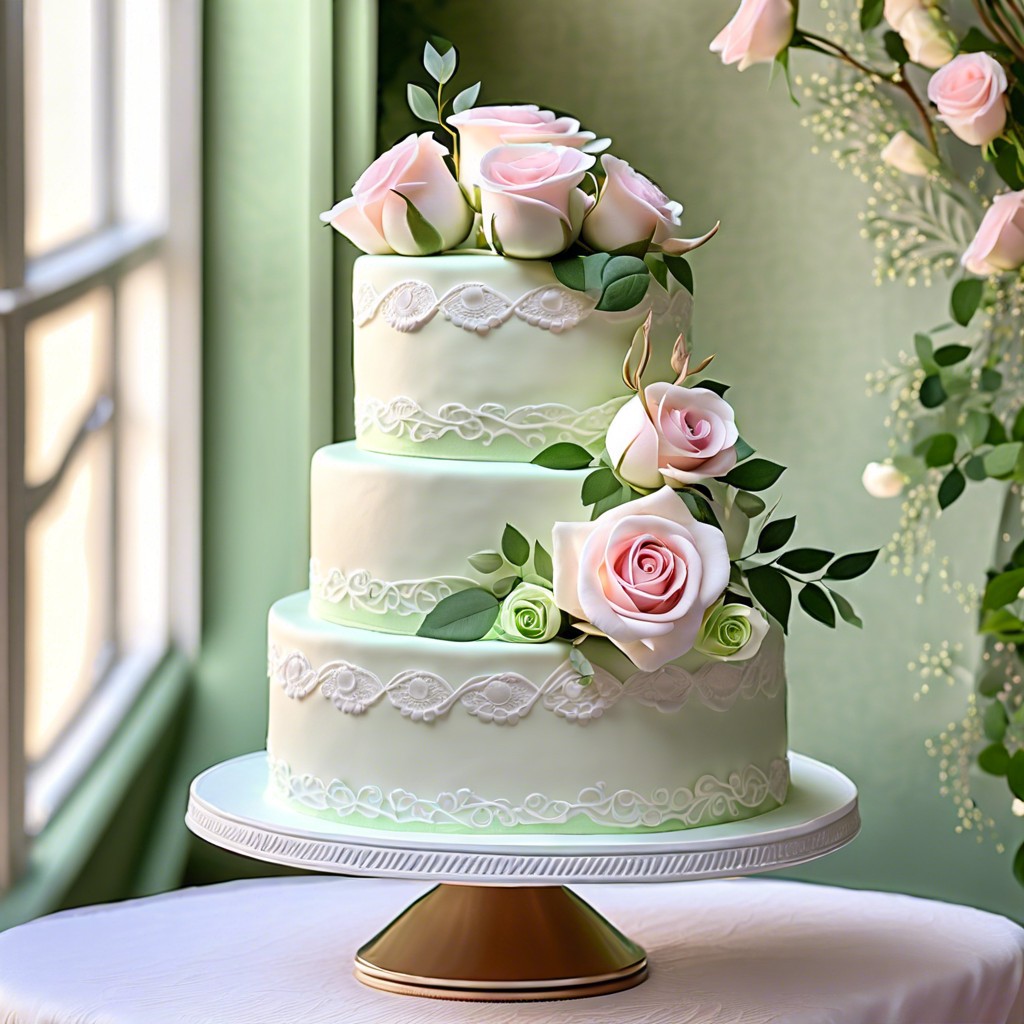Learn the steps to properly freeze your wedding cake for a delicious first-anniversary celebration.
Key takeaways:
- Freezing your wedding cake symbolizes luck and prosperity.
- Chill the cake, wrap it tightly with plastic and foil.
- Place wrapped cake in an airtight container before freezing.
- Thaw slowly in the refrigerator for 24 hours.
- Certain cake types and fillings should not be frozen.
Why You Should Freeze Your Wedding Cake

Freezing your wedding cake is a cherished tradition symbolizing good luck and prosperity for newlyweds. Enjoying a piece of your cake on a future anniversary, particularly the first, revives the joy and celebration of your special day. It’s a nostalgic experience shared between couples, serving as a reminder of the vows taken and the commitment made. Ensuring proper preservation methods can keep your cake tasting as delightful as it did on your wedding day, assuming it’s a type that withstands freezing well. Careful storage prevents freezer burn and maintains the cake’s moisture and flavor. This practice not only upholds tradition but also offers an opportunity to relive a beautiful moment in your life.
How to Prep, Wrap, and Freeze Your Wedding Cake
Before diving into the freezing process, it’s essential to remove any decorations from the cake such as flowers or toppers. If your cake has multiple layers connected with dowels, remove these as well.
The first step is to chill the cake in the refrigerator for a few hours. This solidifies the frosting, preventing it from sticking during the wrapping process. Once the frosting is firm to touch, cover the entire cake with plastic wrap, making sure to seal it tightly to keep out air. This helps maintain freshness and texture.
Next, add a layer of aluminum foil over the plastic for added protection against freezer burn. It’s imperative to also wrap each tier separately if you have more than one.
For optimal results, place the wrapped cake in an airtight container, which provides a sturdy safeguard against absorbing any odors from the freezer.
Once these steps are complete, your cake is ready to be placed in the freezer. Remember to set it on a flat surface to prevent any unnecessary squishing or deformation.
How to Thaw Frozen Wedding Cake
To ensure the quality of your wedding cake after freezing, thawing it properly is crucial. Begin the process by transferring the cake from the freezer to the refrigerator. Leave it there for 24 hours, allowing it to thaw slowly. This gradual defrost helps maintain the cake’s moisture and structure.
Next, remove the cake from the refrigerator and let it come to room temperature before unwrapping. This step can take several hours depending on the cake size and room temperature. By allowing the condensation to form on the wrapping rather than the cake itself, you prevent any sogginess or damage to the icing and decorations.
During the thawing process, handle the cake gently and be patient. Thawing it too quickly or handling it while cold can cause condensation on the cake itself, leading to unwanted stickiness or even making the delicate decorations fall apart.
Remember, if your cake has delicate sugar work or intricate icing, extra care should be taken while unwrapping to maintain the design’s integrity. With these steps, your wedding cake will be just as delightful as it was on your special day.
How Long Can You Freeze Your Wedding Cake?
Traditionally, couples save the top tier of their wedding cake to enjoy on their first anniversary. Properly frozen, a wedding cake can preserve its quality for that timeframe. However, the maximum recommended time to freeze a wedding cake is six months to avoid any compromise in flavor and texture. Beyond this period, the risk of freezer burn and the cake absorbing off-flavors from the freezer increase.
For optimal freshness, consider these points:
- Dense cakes like fruitcake can withstand freezing better than lighter cakes such as sponge or angel food.
- The less frosting and intricate decorations, the better the cake will fare when frozen.
- Cakes with high moisture content, like those with fresh fruit fillings or whipped cream, may not freeze as well due to potential water crystal formation causing texture changes.
Remember, even within a freezer, the environment matters. A constant temperature and limited exposure to air will help maintain the cake’s integrity. Always ensure the cake is stored in the deepest part of the freezer where the temperature is most consistent.
Wedding Cake Types You Shouldn’t Freeze
Certain cake types and fillings aren’t ideal for freezing, as their textures and flavors can be significantly altered by the freezing and thawing process. For example, cakes with fresh fruit fillings or toppings may become soggy when thawed due to water crystals that form during freezing. This can ruin the integrity of the cake’s structure and taste.
Mousse-filled cakes are also not suitable for freezing as the mousse can separate and become grainy. Whipped cream frosting and fillings face a similar issue; they can deflate and become watery when frozen and then defrosted.
Cakes coated with fondant can sweat and become sticky after being removed from the freezer. While some fondant can handle the cold, the condensation as it thaws can lead to a less than desirable appearance.
Cakes with custard or cream-based fillings should also be avoided as these can spoil or separate after being frozen, which could pose a health risk and affect flavor.
In summary, stick to freezing simpler cakes like those with buttercream frosting and avoid those with more delicate or moisture-sensitive ingredients if you wish to preserve the best quality for future enjoyment.



